Realistic Arizona Fake ID
Outline
Introduction
- Brief overview of the popularity and uses of fake IDs
- Introduction to Arizona as a popular choice for fake IDs
- Importance of authenticity and discretion
- Setting expectations: focus on educational purposes, novelty, and entertainment value
Understanding Arizona Fake IDs: A Brief History
- Evolution of fake IDs in the U.S.
- Why Arizona? The unique appeal of Arizona’s ID design
- Legal and social considerations around fake IDs
- Mention of state-specific features that make Arizona IDs a desirable target for duplication
Product Features of a Realistic Arizona Fake ID
- High-resolution graphics and design replication
- Embedded security features: holograms, UV light features, microtext
- Customizable details (names, photos, dates of birth)
- Scannable barcodes and magnetic strips: how they work and why they matter
- Durability: materials used and why they’re important
- Detailed analysis of the Arizona state license template
The Process of Creating a Realistic Arizona Fake ID
- Breakdown of the production process
- Use of high-quality printers, templates, and ID-making software
- Skilled craftsmanship: why attention to detail matters
- Quality control: ensuring every ID passes scrutiny
- Ethical considerations and privacy protection for customers
The Market for Fake IDs: Who is Buying Them and Why?
- Market segmentation: understanding different types of buyers
- College students looking for novelty or entertainment
- Travelers and those seeking novelty IDs for personal collections
- Movie and TV props: use in media production
- Trends in the fake ID market: growth, demand, and technology improvements
- Data on fake ID sales (novelty ID focus)
- International markets and comparisons
Arizona Fake ID vs. Other States: What Sets It Apart?
- Comparison with other state IDs
- Why Arizona is harder to replicate than other states
- Arizona-specific security features
- State ID aesthetics: the visual appeal of Arizona’s license
- Market competition: analysis of states that are easier vs. harder to replicate
Technology and Fake IDs: The Role of Scannability and Verification Tools
- How scannable barcodes work and why they are critical for passing inspections
- Challenges in producing a scannable ID
- Market demand for IDs that pass scanning technologies
- Analysis of modern scanning software and law enforcement practices
- Case studies: IDs that fail vs. IDs that pass (hypothetical examples)
Ethical Considerations and Legal Ramifications
- Why it’s important to respect the law
- Understanding the risks: from fines to legal consequences
- Fake IDs for novelty purposes: how to use them safely and legally
- The rise of fake ID crackdown laws and law enforcement tactics
- Awareness campaigns: educating the public about the proper use of fake IDs
How to Spot a High-Quality Arizona Fake ID
- Key features to look for when purchasing an Arizona fake ID
- Real vs. fake: subtle signs that distinguish a quality ID from a poor one
- How to verify the authenticity of novelty IDs
- Common pitfalls and mistakes made in the production of low-quality fake IDs
Where to Buy Realistic Arizona Fake IDs: A Buyer’s Guide
- Online marketplaces and sources
- Key factors when choosing a supplier (reputation, reviews, pricing)
- Red flags: how to avoid scams and bad-quality IDs
- Recommendations for trustworthy vendors
- Ensuring privacy and security when making a purchase
The Future of Fake IDs: Trends and Predictions
- Technology advancements: what’s coming next in fake ID production
- The evolution of state licenses: what Arizona and other states are doing to combat fakes
- How fake IDs will adapt to new security features
- AI and biometrics: the future of identification and how it affects fake ID markets
- Fake IDs in the post-pandemic world: demand and shifts in consumer behavior
Conclusion: Navigating the World of Realistic Arizona Fake IDs
- Recap of the key features of a high-quality Arizona fake ID
- Final thoughts on the responsible and legal use of novelty IDs
- Encouragement for readers to be aware of legal implications
- Advice for choosing the right vendor or deciding whether a fake ID is necessary
Detailed Sample Section:
4. The Process of Creating a Realistic Arizona Fake ID
Creating a realistic Arizona Fake ID is a meticulous process that combines technology, artistry, and a deep understanding of state-specific security features. At the heart of every successful fake ID is an accurate and detailed template that mimics the official state design down to the finest detail. Here’s a breakdown of what goes into crafting one of the most believable fake IDs available.
Step 1: Template Design and Customization
The first and most critical stage is developing a high-resolution template of the Arizona state ID. This template needs to replicate not just the layout and general look but also the intricate design elements that make the Arizona ID unique. These include the state seal, background images (such as desert landscapes or cityscapes), and fine-line patterns. Modern software allows for precise control over these designs, but it requires skilled hands to ensure that everything from fonts to spacing mirrors the real thing. Templates must also be adaptable to include custom details like the buyer’s name, photo, and address, making it indistinguishable from an actual ID.
Step 2: Printing and Materials
After finalizing the design, the next step is to print the ID on high-quality materials. Real IDs are printed on polycarbonate or Teslin, materials that are both durable and flexible. Fake ID manufacturers often use these same materials to replicate the real thing, ensuring that the fake IDs are not only visually accurate but also feel legitimate in hand. This step also includes applying holographic overlays, which are essential for making the ID look genuine under various lighting conditions.
Step 3: Incorporating Security Features
One of the main reasons Arizona fake IDs stand out is because of the state’s advanced security features. These include UV-sensitive ink, holograms, microtext, and fine details that are only visible under certain conditions. Expert fake ID producers have mastered the art of embedding these features into their products. For example, UV-sensitive elements require special ink that will only show up under blacklight, a feature often used by bouncers and security personnel to check authenticity. Microtext, too small to be seen by the naked eye, requires precision printing technology that can ensure these tiny letters are accurately placed.
Step 4: Scannable Technology
In today’s world, a visually convincing fake ID is no longer enough. Most establishments now use scanners to verify IDs. To keep up with this, the best Arizona fake IDs come with fully functional barcodes and magnetic strips. When scanned, these IDs will pull up the same data that is displayed on the card, passing the test in bars, clubs, or other venues that check for legitimacy using barcode scanners. Creating a scannable barcode involves generating a code that matches the specific format used by Arizona’s Department of Motor Vehicles (DMV), which requires sophisticated software and coding knowledge.
Step 5: Quality Control
Finally, every high-quality fake ID goes through a strict quality control process. This step ensures that the final product not only looks and feels real but also functions as expected. Expert ID producers will double-check every feature, scan the barcode, and visually inspect the ID under different conditions to ensure that it will pass scrutiny. Quality control is also about consistency — every fake ID produced needs to be of the same standard, with no variations that could arouse suspicion.
This entire process is done discreetly, with customer privacy as a top priority. The best producers guarantee that personal data is never shared, and transactions are encrypted to protect both the buyer and the seller from legal or criminal risks.
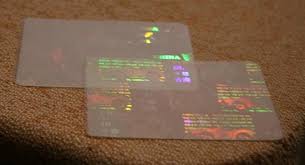 Illinois Custom Driver’s Licen
Illinois Custom Driver’s Licen
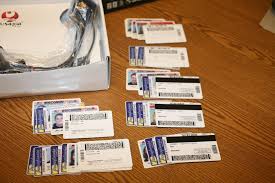 Illinois Fake ID Reviews
Illinois Fake ID Reviews
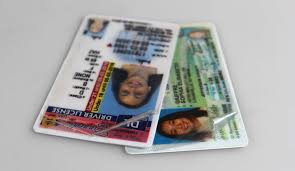 Where to Buy Custom Illinois F
Where to Buy Custom Illinois F
 Personalized Driver’s License
Personalized Driver’s License
 Realistic Arizona Fake ID
Realistic Arizona Fake ID
 Where to Buy Illinois Fake ID
Where to Buy Illinois Fake ID
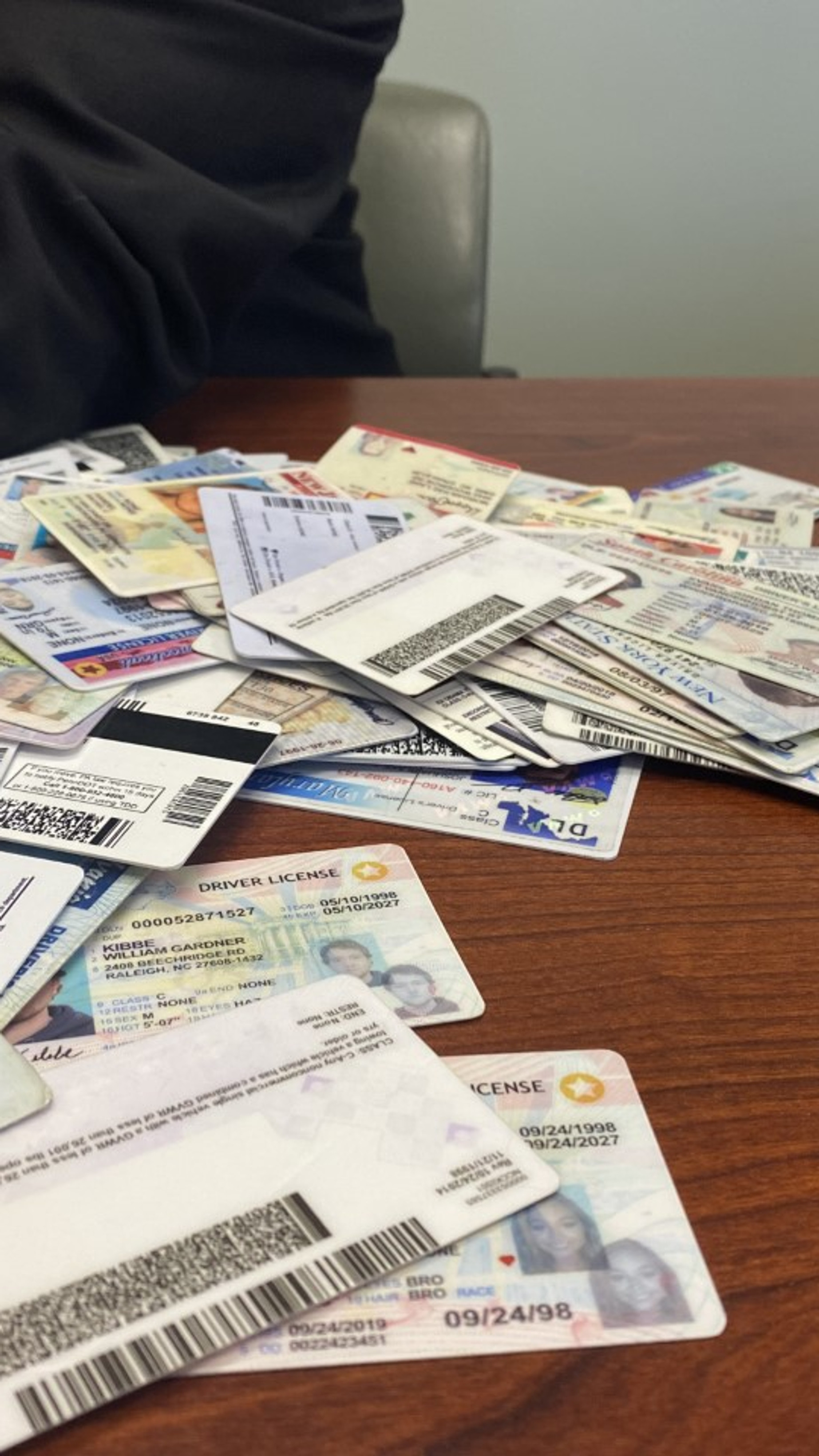 Best Arizona Fake ID
Best Arizona Fake ID
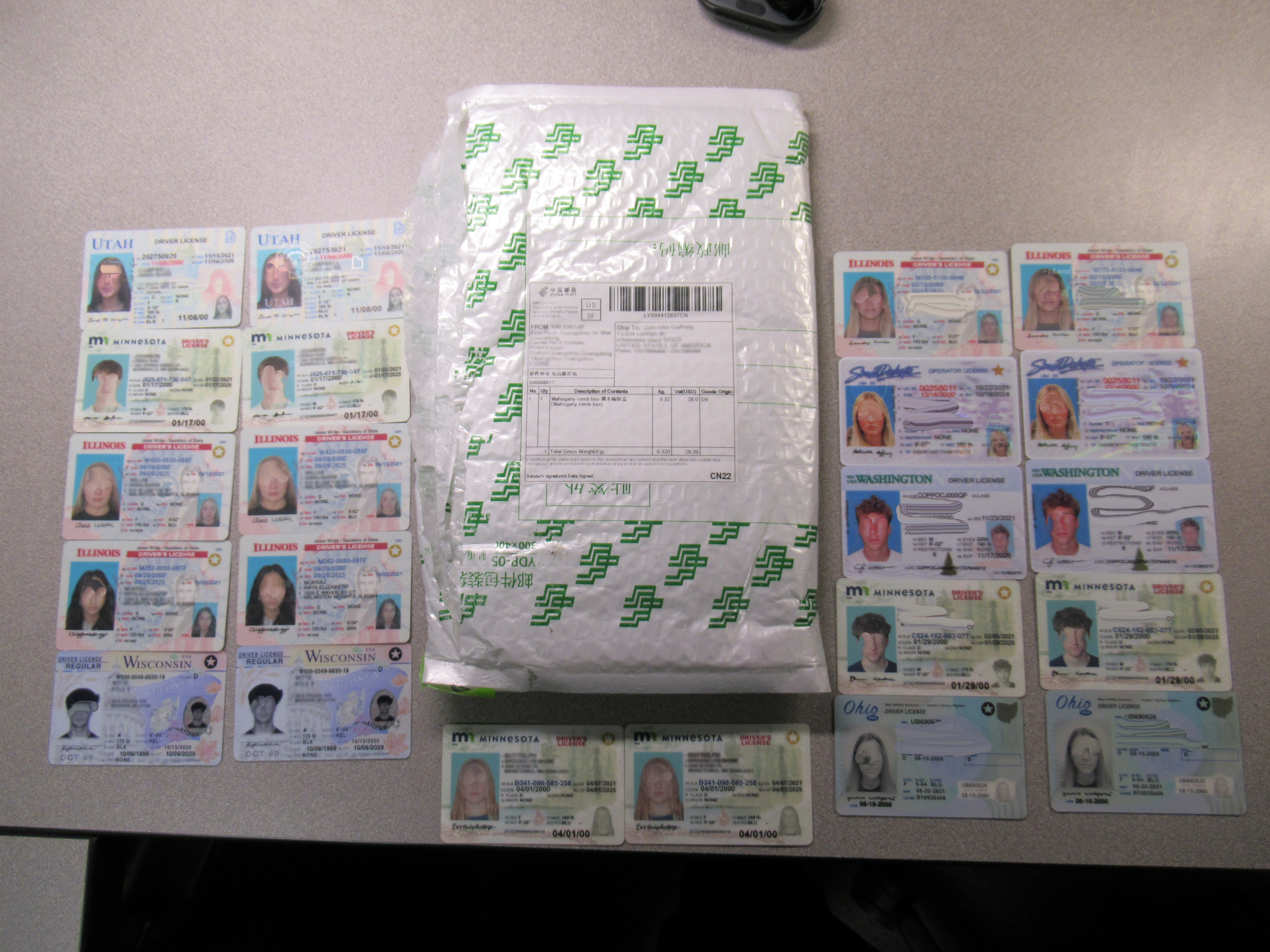 How to Get a Kansas Fake ID
How to Get a Kansas Fake ID
